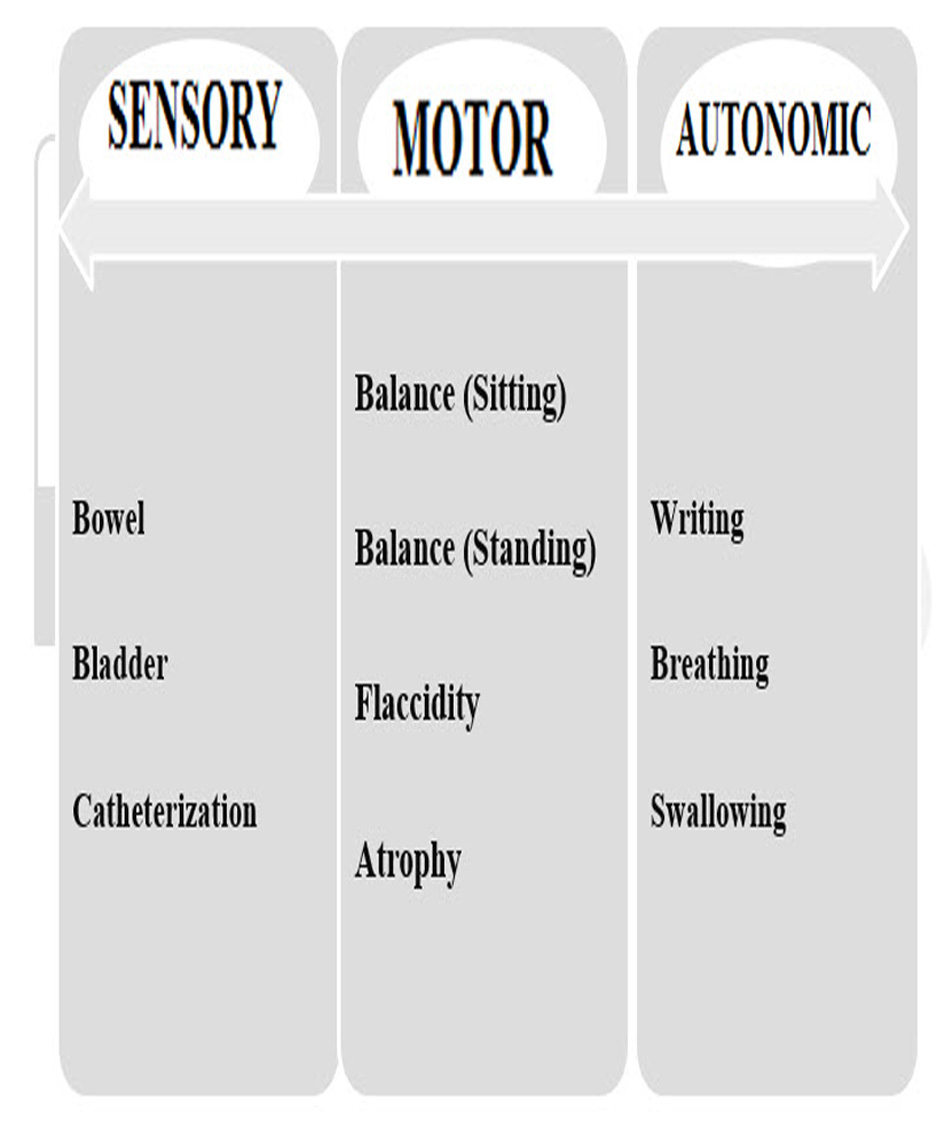
Figure 1. Parameters are assessed in NFS but not in ESS.
| Journal of Neurology Research, ISSN 1923-2845 print, 1923-2853 online, Open Access |
| Article copyright, the authors; Journal compilation copyright, J Neurol Res and Elmer Press Inc |
| Journal website http://www.neurores.org |
Original Article
Volume 5, Number 4-5, October 2015, pages 246-251
Nutech Functional Score: A New Functional Scoring System for Patients With Cerebrovascular Accidents
Figure

Tables
| No. of scores | Numeric | Categorical scores | ||||
|---|---|---|---|---|---|---|
| 1 | 2 | 3 | 4 | 5 | ||
| 5 | Score | 0.122 | 0.310 | 0.500 | 0.690 | 0.89 |
| Range | 0 - 0.241 | 0.241 - 0.379 | 0.379 - 0.621 | 0.621 - 0.759 | 0.759 - 1.00 | |
| 3 | Score | 0.167 | 0.500 | 0.833 | - | - |
| Range | 0 - 0.333 | 0.333 - 0.667 | 0.667 - 1.00 | - | - | |
| NFS | ESS |
|---|---|
| It includes 22 parameters. | It includes 14 parameters. |
| All motor, sensory and autonomic parameters are covered. | Mostly motor and very few sensory parameters are covered. Autonomic parameters like writing, breathing and swallowing are missing. |
| Requirement of catheterization is a very important parameter to be considered at the time of discharge of patients. It is included in NFS. | Requirement of catheterization parameter is missing in ESS. |
| It includes important sensory parameters like bowel and bladder sensations. | Sensory parameters like bowel and bladder sensations are missing in ESS. |
| The scoring is done on 1 - 5 levels. Extreme conditions are given scores of 1 and 5. Mild, moderate and severe conditions are given 4, 3 and 2 scores respectively. | Though in ESS, there is a broader classification of scoring; the scoring system is not uniform, as all the parameters are not assigned the similar pattern of scores/points for extreme as well as intermediate levels. In few parameters of ESS scale, the maximum score is either assigned as 4, 8 or 10. Like for level of consciousness and gait, the maximum score has been assigned 10, though for extension of wrist, dorsiflexion of foot, the maximum score is 8. Similarly, for leg flexion and positioning of arms, the highest score is 4. |
| There are two extreme levels and the number of intermediate levels is mostly three in NFS. | There is non-uniformity in number of intermediate levels like, for vision there are just two extreme levels, for fingers and facial movements, there is just one sublevel and two extreme levels, for speech and gaze there are four levels and for gait and speech, there are five sublevels. |
| As all the parameters in NFS scoring system have been scored on a scale of 1 - 5 in the range of 0.5 - 5.5, which makes NFS an ordinal, it provides complete information regarding the condition of the patient before and after the therapy. It is important to note that NFS does not include “0” as a score. Therefore analytical work based on “count” stays unaffected. | Final data are computed within the range of 0 and 100 which depict minimum to maximum level of improvement. Mid level of improvement remains undisclosed. |
| The parameters are more elaborative in NFS, where the parameters are further divided separately with co-existing conditions, e.g. for spasticity which is a feature of altered skeletal muscle performance with a combination of paralysis, increased tendon reflex activity and hypertonia are explained in NFS. This parameter has been divided into three separate parameters for associated conditions of muscle deformity, tonicity and with clonus. | ESS does not have such elaborative classification for a single parameter. |
| Sr. No. | Symptom | NFS | ESS | ||||
|---|---|---|---|---|---|---|---|
| Before treatment (baseline) | After treatment (final) | Change from baseline | Before treatment (baseline) | After treatment (final) | Change from baseline | ||
| NFS: speech: 4 - slurred but comprehensive, 5 - normal speech; walking distance: 1 - cannot walk, 4 - can walk up to 100 m; spasticity: 2 - considerable increase in the muscle tone, passive movement difficult, 5 - less spasticity or reached normalcy; walking aid/gait: 1 - walker with elbow support, 5 - no aid required. ESS: speech: 4 - severe word finding difficulties, conversation is difficult, 8 - normal speech; spasticity: 1 - legs and arms drifts to bed within 5 s but not immediately, 4 - legs and arms maintain position for 5 s; walking aid/gait: 2 - cannot walk but can stand supported, 10 - normal. | |||||||
| 1 | Speech | 4 | 5 | 1 | 4 | 8 | 4 |
| 2 | Walking distance | 1 | 4 | 3 | Not present in ESS | Not present in ESS | Not defined |
| 3 | Spasticity | 2 | 5 | 3 | 1 | 4 | 3 |
| 4 | Walking aid/gait | 1 | 5 | 4 | 2 | 10 | 8 |
| Total score | 8 | 19 | 11 | 5 | 22 | 17 | |